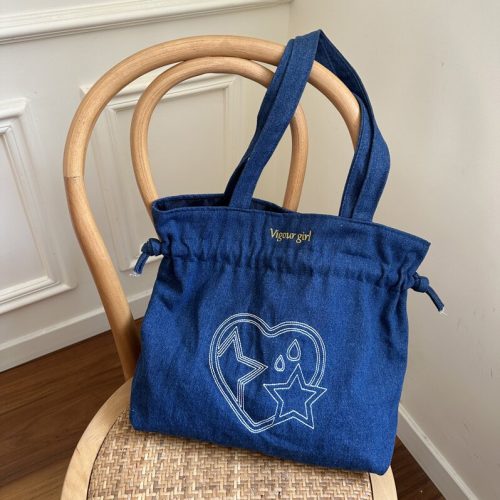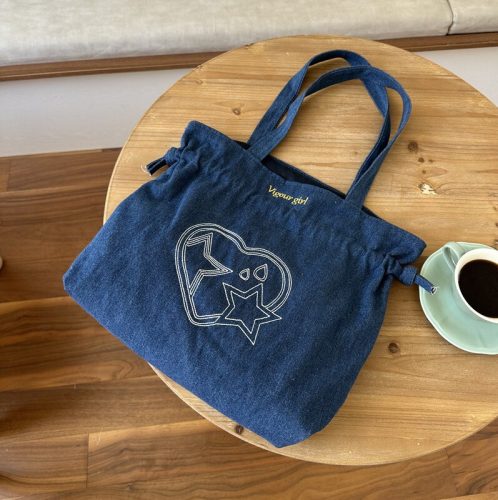Introduction: In an era where environmental consciousness is on the rise, the fashion industry is experiencing a paradigm shift towards sustainability. This shift extends to accessories like drawstring bags, where eco-friendly materials are gaining prominence. The evolution of drawstring bags from mere utility to stylish, sustainable fashion pieces underscores the importance of adopting environmentally conscious practices. This article delves into the world of sustainable fashion, specifically focusing on eco-friendly materials that are shaping the future of drawstring bags.
1. The Call for Sustainable Choices: The fashion industry’s impact on the environment has prompted a call for change. Consumers are increasingly demanding products that align with their values, leading to a surge in interest for sustainable fashion alternatives. Drawstring bags, with their versatile design, have become a canvas for innovation in eco-friendly materials.
2. Organic Cotton: Organic cotton has emerged as a popular choice for crafting eco-friendly drawstring bags. Unlike conventional cotton farming, organic cotton cultivation avoids synthetic pesticides and fertilizers, minimizing harm to soil and water resources. This material not only reduces the environmental footprint but also provides a soft and durable texture.
3. Recycled Materials: Recycled materials, such as recycled PET (polyethylene terephthalate) fabric, offer a creative solution to the fashion industry’s waste problem. Repurposing plastic bottles into drawstring bags diverts plastic from landfills and oceans. This approach not only reduces plastic pollution but also showcases the potential for innovation in sustainable design.
4. Hemp and Jute Blends: Hemp and jute are robust natural fibers that require fewer resources and pesticides to grow compared to conventional materials. Blending these fibers with other eco-friendly fabrics can create drawstring bags that are not only durable but also biodegradable, ensuring a smaller ecological footprint.
5. Cork Fabric: Cork, obtained from the bark of cork oak trees, is a unique and renewable material for drawstring bags. Harvesting cork does not harm the trees, making it a sustainable choice. Cork fabric is lightweight, water-resistant, and boasts a distinctive texture, adding an element of natural luxury to your accessory.
6. Linen Elegance: Linen, derived from the flax plant, offers a chic and environmentally friendly option. Linen drawstring bags exude a timeless appeal and are biodegradable, making them a great choice for conscious consumers looking for both style and sustainability.
7. Upcycled Fabrics: Upcycling involves repurposing discarded materials into new products. Drawstring bags made from upcycled fabrics showcase creativity and reduce the demand for new resources. This approach encourages a circular fashion economy, minimizing waste and conserving energy.
8. Closing the Loop: The shift towards eco-friendly materials for drawstring bags is a significant step towards closing the loop in the fashion industry. By embracing sustainable choices, we contribute to reducing environmental impact, conserving resources, and fostering a more ethical and responsible approach to fashion consumption.
Conclusion: The exploration of eco-friendly materials for drawstring bags underscores the fashion industry’s commitment to sustainability. As consumers become more conscious of their choices, brands and individuals alike are embracing these materials to create stylish, functional accessories that leave a positive impact on the planet. By opting for drawstring bags crafted from organic cotton, recycled materials, hemp, jute, cork, linen, or upcycled fabrics, we become part of a movement that envisions a future where fashion coexists harmoniously with nature.


